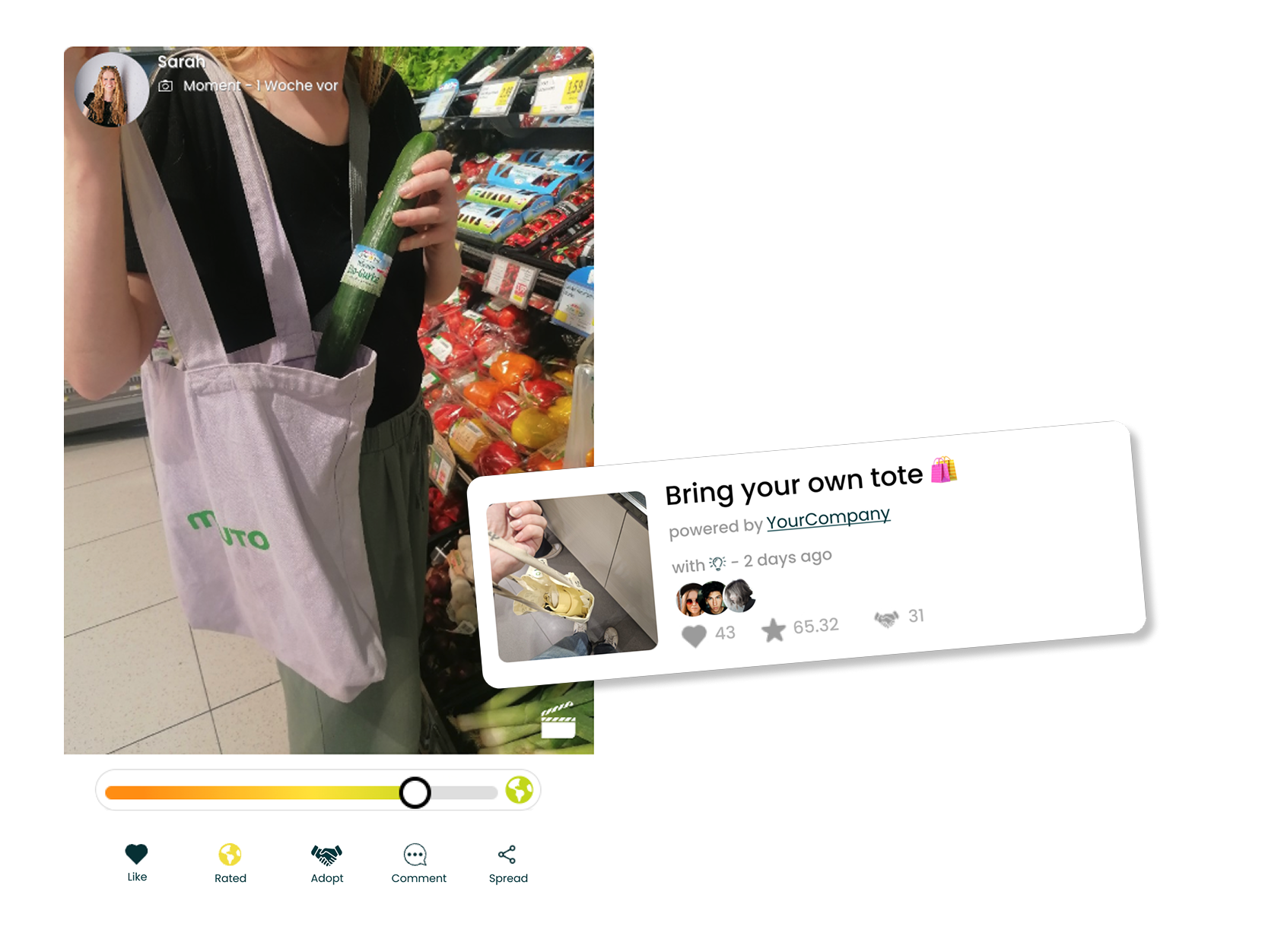Too many corporate sustainability strategies are built like policies: strict, top-down and designed to drive compliance. But when it comes to changing behavior and building a true culture of sustainability, mandates don’t move people — ownership does.
At planeed, we believe sustainability doesn’t thrive when it’s dictated from above. It thrives when people feel included, empowered and safe to act in their own way. That means starting in the comfort zone — not outside of it.
The Problem: Top-Down Doesn’t Inspire, It Instructs
Companies often try to push sustainability through targets, directives, or compliance checklists. But that model treats people as passive executors, not active participants.
This disconnect is costly. Studies in Organizational Dynamics (2021) show that top-down change efforts fail up to 70% of the time, especially when they ignore emotional and behavioral realities. Employees may comply, but they rarely engage. And without engagement, sustainability remains a formality — not a force for change.
The Bottom-Up Advantage: Start Where People Are
A bottom-up approach doesn’t mean abandoning structure — it means inviting people in. It means creating low-barrier, meaningful ways for employees to contribute that align with their values, routines and readiness.
planeed enables exactly that:
- Employees engage in small, accessible sustainability actions
- These actions are recognized, shared and connected to a bigger narrative
- Teams build momentum together, creating a culture of shared ownership and visible progress
This isn’t about pushing responsibility down. It’s about unlocking motivation from within.

Why It Matters for Your Brand
Sustainability isn’t just about environmental outcomes — it’s a human strategy. And the most successful brands are those that walk together with their stakeholders, not ahead of them.
According to a recent Capgemini report (2023), companies that foster employee participation in sustainability efforts see a 63% increase in internal trust and are 2.5x more likely to be perceived as authentic by consumers.
In short: people support what they help create.
Your Bridge from Strategy to Shared Action
planeed transforms your set of values into a shared experience — one where your community becomes a contributor and every step forward becomes a story worth sharing.
We don’t take people out of their comfort zones. We meet them there — and grow from that point together.
If your brand is serious about responsibility, the most strategic thing you can do is shift from telling people what to do to inviting them to be part of it.
Related Posts
Related Posts
When it comes to sustainability, many companies are stuck in a perfection trap. They want to do everything right — implement comprehensive …
Sustainability is more than a strategy — it’s a story. And yet, too often, that story is hidden in spreadsheets, lost in …
CSR as an Obligation — But Not an Opportunity? NovaTech Solutions, a globally operating technology company based in Europe, has embedded sustainability …



